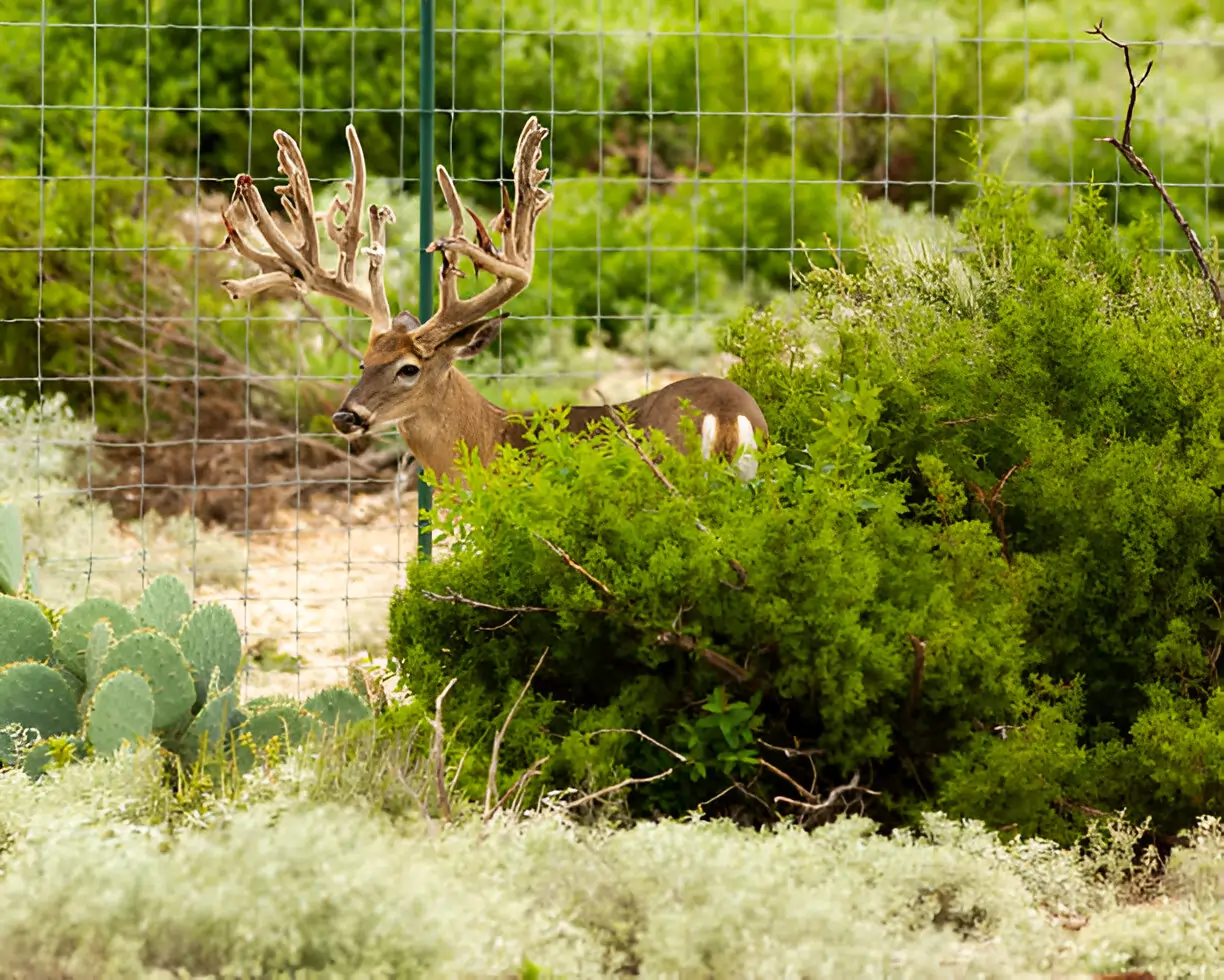Protecting your garden from deer damage is a common concern for gardeners everywhere. Deer can cause serious harm by eating tender plants, trampling flower beds, and damaging landscaping. Finding the right deer fencing for garden protection is a reliable way to preserve your plants and keep your outdoor space looking its best. With the variety of fencing options available in 2025, it’s important to understand key factors like fence height, mesh size, durability, and appearance. Knowing how these elements impact your garden can help you make an informed decision and invest in fencing that truly meets your needs.
Why Height Matters in Garden Deer Fencing
Deer are agile animals that can jump surprisingly high, making fence height one of the most critical factors in effective garden protection. Most experts recommend fencing that is between 7 and 8 feet tall to keep deer out. Fences shorter than this may be easier for deer to jump over, rendering your investment ineffective. Some garden fences use an angled or slanted top design, which discourages deer from attempting to leap over. While taller fences provide better defense, they may also be more expensive and visually noticeable, which could affect the overall look of your garden. Balancing height for both effectiveness and aesthetics is important, depending on your garden’s location and size.
Understanding Mesh Size and Its Role
The size of the mesh openings in your fence affects not just deer but also other wildlife. Small mesh sizes help keep out smaller animals such as rabbits, which can also cause damage. However, a very fine mesh can reduce airflow and limit sunlight reaching the plants near the fence, which might affect their growth. A medium mesh size is often preferred by gardeners, offering good protection without compromising plant health. When considering deer fencing for garden, think about:
- Which animals do you want to exclude beyond deer, such as rabbits or groundhogs
- How the fence will impact sunlight and air circulation in your garden areas
- Whether your garden has delicate or shade-loving plants that might be affected
By carefully choosing mesh size, you can create a fence that protects without harming your plants’ environment.
Durability and Material Choices
Your deer fence must withstand changing weather conditions year after year, making durability a top priority. Materials commonly used in deer fencing for garden include polyethylene mesh, wire mesh, and sturdy posts made from wood, metal, or fiberglass.
- Polyethylene Mesh: This synthetic material is flexible and resistant to UV damage, helping it last longer under sunlight. It is lightweight and easy to handle during installation, making it a popular choice for many gardeners.
- Wire Mesh: Known for its strength and longevity, wire mesh is more rigid and can better withstand impacts or heavy winds. It is often more expensive, but it is ideal if you need a highly durable fence that lasts many years.
- Posts: Treated wooden posts provide a natural look and are strong but require periodic maintenance to prevent rot. Metal or fiberglass posts offer greater resistance to weather and insects, making them low-maintenance options for long-term fencing.
Choosing the right combination of materials will help your fence remain secure and effective for multiple growing seasons, protecting your garden investment.
Aesthetics: Blending Protection with Garden Beauty
While protecting your garden is the main goal, many gardeners want their deer fencing for garden to look good within the landscape. Thankfully, fencing manufacturers now offer various styles and colors to suit different tastes and garden themes. Black or green mesh is popular because it blends well with natural surroundings and is less visually distracting. For a more rustic or traditional look, wooden posts can enhance your garden’s charm while supporting the fence. Customizing your fencing to match the style of your garden and home ensures the fence adds to, rather than detracts from, your outdoor space’s beauty.
Installation and Maintenance Tips
Proper installation is crucial for ensuring your fence works as intended. Securely anchoring posts into the ground is essential, especially for gate areas that bear more stress. Posts should be spaced evenly to prevent sagging of the fencing material, which can create gaps that deer may exploit. Stretching the mesh tightly between posts helps maintain a strong barrier. Regularly inspecting your fence allows you to catch sagging or damage early and make timely repairs. Keeping vegetation trimmed near the fence reduces wear and prevents plants from damaging the mesh. These steps will help your fence stay reliable and effective for many years.
Final Thoughts
Choosing the best deer fencing for garden protection means considering multiple factors, from height and mesh size to materials and appearance. By carefully weighing these factors, you can select fencing that not only protects your plants but also complements your garden’s look and lasts through changing weather conditions. Installing and maintaining your fence properly ensures your garden remains a beautiful, deer-free space throughout 2025 and beyond.
Read more: Finding the Best Personal Trainer in Etobicoke, Ontario
Accessible Transport Services for Disabled People: A Practical Guide to Mobility Solutions
How Auto Transport Times Are Changed by Weather Conditions?
